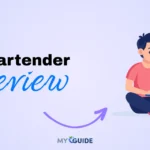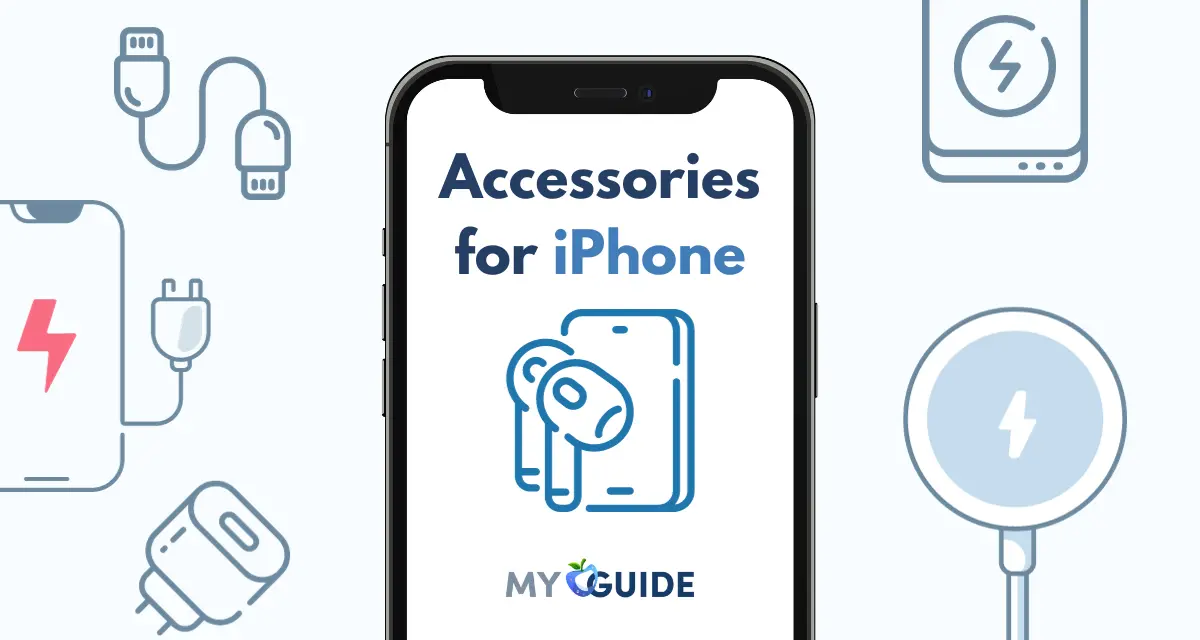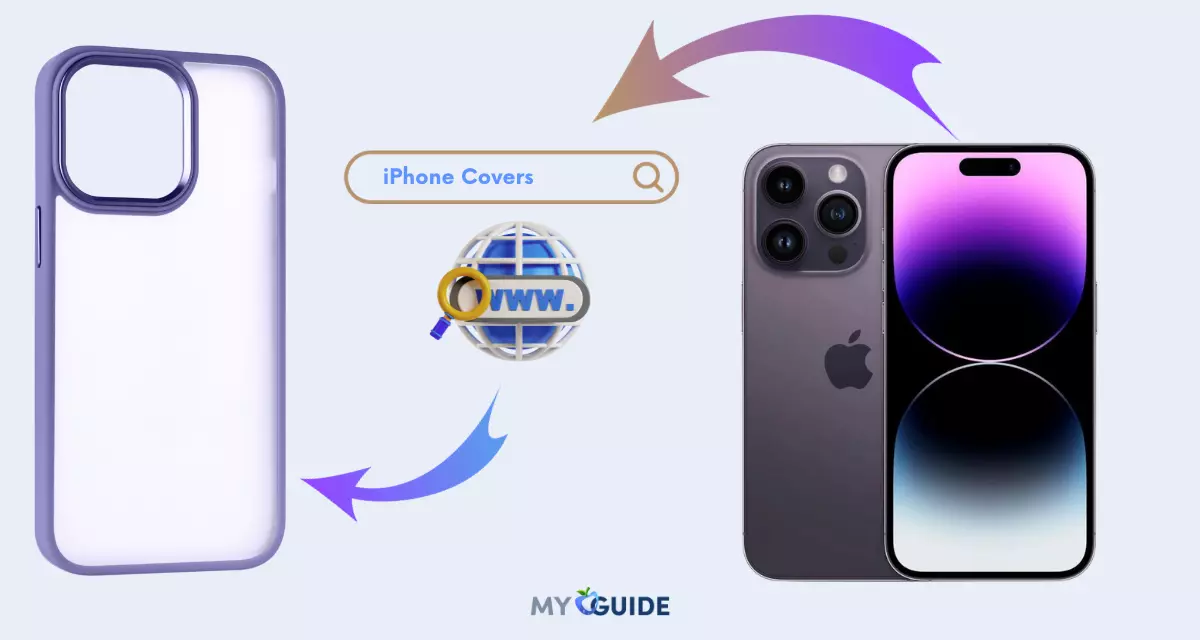In a world where being online has become, for some, as essential as breathing. A reliable and stable Wi-Fi connection is essential for many of us, both at home and in the office.
However, several factors can affect the range and strength of your Wi-Fi signals, such as the size and layout of your home or office, the type of router you have, and the presence of other electronic devices.
Issues like browsing slowing to a crawl, failed Wi-Fi signals, the inability to stream, and wireless dead zones are all frustrating. But the good thing is- there are several things you can do to extend your signal and improve your connection😎.
You may test your internet speed using a variety of programs if you think your Wi-Fi has become sluggish. You can also try a few more solutions to your network troubles.
But if keeping your wireless router closer is the only way left to obtain a decent signal, these👇 simple recommendations can help you improve your network.
Why you might need to extend the Wi-Fi coverage in your home or office?
👉Your home or office is too large for your current router to cover. This is especially common in larger homes or offices with multiple stories or thick walls.
👉You have dead zones in your home or office where the Wi-Fi signal is weak or nonexistent. This can be caused by a variety of factors, such as thick walls, metal objects, and other electronic devices.
👉You have a lot of devices connected to your Wi-Fi network. This can slow down your internet speed and make it difficult to connect new devices.
👉You need to extend your Wi-Fi coverage outdoors. This is common for people who want to use Wi-Fi on their patio, deck, or in their backyard.
How to Extend the Wi-Fi Coverage in Your Home & Office
Check your Internet connection
Make sure the internet entering your home is functioning as it should before blaming the Wi-Fi. You can accomplish this by utilizing an Ethernet connection to link your computer straight to the router. But if your computer lacks an Ethernet port, you will need a USB-to-Ethernet converter.
Move your router to a better location
One of the simplest things you can do to improve your Wi-Fi coverage is to move your router to a more central location in your home or office. This will help to reduce the number of walls and other obstacles that the signal has to travel through.
If possible, place your router in an elevated position, such as on a shelf or table. This will help to spread the signal more evenly throughout your space.
Check the number of connected devices
It’s entirely conceivable that the issue is unrelated to interference or Wi-Fi range. If your network is open or has a weak password, an uninvited guest or two could be utilizing your network. The quality of your video chats will be impacted if your neighbor is downloading numerous video clips on your Wi-Fi.
A program like Wireless Network Watcher can display all the devices that are connected to your internet and assist you in detecting someone near you who may be stealing your Wi-Fi. Your router’s admin interface can additionally have a traffic analyzer that will inform you which devices are consuming a lot of data.
Replace you Antenna
It would be a good idea to add an external antenna if your router only has an internal one because the external one generally sends a stronger signal. Many router manufacturers sell antennas separately. Your router may have come with antennas you can place on yourself, but otherwise you can purchase them separately.
Reduce interference from other devices
Several other electronic devices can interfere with your Wi-Fi signal, such as cordless phones, microwaves, and baby monitors. If you’re experiencing poor Wi-Fi coverage, try turning off or moving away any devices that may be interfering with the signal.
Switch to a different Wi-Fi band
Most Wi-Fi routers operate on two different bands: 2.4GHz and 5GHz. The 2.4GHz band has a longer range than the 5GHz band, but it’s also more crowded, which can lead to interference.
If you’re experiencing poor Wi-Fi coverage in areas that are close to your router, try switching to the 5GHz band. The 5GHz band has a shorter range than the 2.4GHz band, but it’s less crowded and can offer faster speeds.
Update your router’s firmware
Router manufacturers often release firmware updates that include bug fixes and performance improvements. Be sure to check regularly for updates and install them as soon as they are available.
Use a powerline adapter
A powerline adapter uses your home’s electrical wiring to transmit the Wi-Fi signal. This can be a good option if you have difficulty getting a good signal in certain areas of your home or office.
Upgrade your router
If you have an older router, it may not be able to provide the coverage you need. Newer routers typically have a longer range and support faster Wi-Fi speeds.
When choosing a new router, be sure to consider the size and layout of your home or office. If you have a large space, you may need a router with a longer range or multiple antennas.
Some best Routers are-
TP-Link Archer AC1200
Transfer data to numerous devices at the same time: Create a whitelist or blacklist to allow or prevent specific devices from connecting to the internet. Simple Setup —— With the TP-Link Tether app, you can set up your Wi-Fi in minutes. Access Point Mode —— Supports AP Mode for converting a wired connection to a wireless network
TP-link N300 WiFi Wireless Router
It has three antennas that considerably boost wireless robustness and stability. Simple wireless security encryption with the press of a WPS button. Administrators can use IP-based bandwidth control to determine what amount of bandwidth is provided to each PC.
Cuzor 12V Mini ups for WiFi Router
Whether you’re on a conference call or watching a movie, the device gives nothing but flawless streaming. Cuzor router UPS ensures that your router is constantly operational. The best feature is that the UPS has an inbuilt battery management IC that turns off the power when it gets 100% charged. You can keep your router up all the time and not worry about running out of battery power.
D-Link DIR-615 Wi-fi Ethernet-N300 Single_band 300Mbps Router
The product includes amazing features like- Guest Mode, Wireless Client Bandwidth Limitation, Dynamic IP Support, High-Speed Wireless Networking, Multiple Operating Modes, advanced security, High Gain Omni Antenna, VLAN, IPv6, TR-069, and Static Routing.
Use a Wi-Fi extender
A Wi-Fi extender can be used to extend the range of your existing Wi-Fi network. It works by receiving the signal from your router and then retransmitting it at a higher power level.
Wi-Fi extenders are relatively inexpensive and easy to set up. They can be a good solution if you have a few dead zones in your home or office, but they may not be ideal for large spaces or complex networks.
Some best Wi-Fi extenders are-
Netgear WiFi Range Extender EX6110
Use this extender to improve your WiFi signal. It can boost 2.4 and 5GHz WiFi speeds up to 1200Mbps while reducing interference. Excellent for HD streaming and gaming.
TP-Link AC750 Wifi Range Extender
It works with 802.11 b/g/n and 802.11ac Wi-Fi devices. The small size and wall-mounted design make it simple to deploy and relocate. The Extender’s Ethernet connector enables it to operate as a wireless adaptor for connecting wired devices.
Netgear WiFi Range Extender EX3700
Netgear WiFi Range Extender EX3700 – Extend Your Internet Wi-Fi to 1000 square feet and 15 devices with AC750 Dual Band Wireless Signal Booster & Repeater. Design of a compact wall plug with a LAN port. Use it to extend your range throughout your home.
TP-Link TL-WA850RE Single_Band 300Mbps RJ45 Wireless Range Extender
The device’s small size and wall-mounted construction make it simple to deploy and move around. The range extender is designed to effortlessly increase the range while boosting the signal strength of a preexisting wireless network and removing “dead zones”.
Use a mesh Wi-Fi system
A mesh Wi-Fi system is a set of multiple devices that work together to create a single, seamless Wi-Fi network. Mesh systems are more expensive than Wi-Fi extenders, but they offer several advantages, such as better coverage, faster speeds, and more reliable connectivity.
Mesh systems are ideal for large homes and offices, as well as for homes with complex layouts. They can also be used to extend your Wi-Fi signal to outdoor areas.
Some top-rated Mesh wi-fi systems are-
TP-Link Deco M4 Dual_Band Whole Home Mesh Wi-Fi System
The TP-Link Deco M4 Dual-Band Whole Home Mesh Wi-Fi System consists of two wireless routers that collaborate to create a single, seamless Wi-Fi network throughout your home. It is an excellent choice for anyone wishing to boost Wi-Fi coverage and performance. It is simple to set up and use, and it has a variety of features that make it an excellent choice for families.
Netgear Orbi Larger Whole Home Dual Band Mesh WiFi 6 System (RBK353) Router
5,250 square feet of coverage for the entire house with mesh WiFi. Using a single network name, mesh technology enables you to stay connected while moving about your home. The best thing is that it works with all types of Internet service providers, including satellite, cable, DSL, fiber, and others. It is a fantastic option for all-size homes and workplaces that want quick, dependable, and constant Wi-Fi connectivity.
Netgear Whole Home Mesh 1200 Mbps Dual_Band WiFi
Mesh WiFi networks connect to form a single, seamless WiFi network within your home. This means you won’t have to reconnect to a new WiFi network as you travel from room to room. With this, you can take advantage of 4K/8K UHD streaming, lag-free gaming, and seamless streaming.
TP-Link Deco M4 Whole Home Mesh Wi-Fi System
The TP-Link Deco M4 Whole Home Mesh Wi-Fi System comes in a two-pack and offers seamless roaming as well as fast (AC1200) Mbps Wi-Fi coverage across your home. It is Alexa-compatible and may function as a router, Wi-Fi booster, or parental control router.
Benefits of extending your Wi-Fi coverage
👉Improved internet speed and performance
When you extend your Wi-Fi coverage, you can reduce the number of dead zones in your home or office. This can lead to improved internet speed and performance for all of your devices.
👉Better connectivity for all devices
If you have a lot of devices connected to your Wi-Fi network, extending your coverage can help to improve the connectivity for all of them. This can be especially beneficial for devices that require a lot of bandwidth, such as streaming devices and gaming consoles.
👉Extended outdoor coverage
If you need to extend your Wi-Fi coverage outdoors, you can do so with a range extender or a mesh Wi-Fi system. This can allow you to use Wi-Fi on your patio, deck, or in your backyard.
FAQs
Can I use a different router to increase the WiFi range🤔?
Yes😎, you may increase the range of your WiFi by installing a second router. You can do this by using an Ethernet line to link the two routers together or by configuring the new router to act as a Wi-Fi extender.
How can I increase the range of my Wi-Fi signal🤷♂️?
You can use a mesh Wi-Fi network and a Wi-Fi extender to increase the range of your Wi-Fi signal.
Which option is right for me💭?
The best option for you will depend on your specific needs and budget. If you have a small home or office and only need to extend coverage to a few specific areas, a Wi-Fi extender may be a good option.
If you have a larger home or office or need to extend coverage to multiple areas, a mesh Wi-Fi system may be a better choice.
What are some tips for choosing a Wi-Fi extender or mesh system🤔?
When choosing a Wi-Fi extender or mesh system, there are a few things to keep in mind👇
Make sure to choose a device that covers the entire area where you need Wi-Fi coverage.
Consider the speed of your internet connection when choosing a Wi-Fi extender or mesh system.
Some Wi-Fi extenders and mesh systems are easier to install and configure than others. Choose a device that is simple to use and set up.
How do I install a Wi-Fi extender or mesh system🤔?
The installation process for Wi-Fi extenders and mesh systems varies depending on the device. Most devices come with easy-to-follow instructions.
In general, you will need to connect the extender or mesh system to your router and then configure it to broadcast the same Wi-Fi network name and password as your router.
I’m still having trouble with my Wi-Fi coverage. What can I do😥?
If you are still having trouble getting good Wi-Fi coverage, you may want to consult with a networking professional. They can help you to assess your needs and recommend the best solution for your home or office.
How far can my Wi-Fi range be increased🤷♂️?
You might be able to expand the range of your home Wi-Fi to 2,500 feet with some Wi-Fi range extenders. Please be aware that this isn’t a precise range and that it can change depending on your surroundings and the power of your Wi-Fi expanding equipment.
Over to you
Overall, extending your Wi-Fi coverage can improve the internet experience for everyone in your home or office. It can also help to eliminate dead zones and extend coverage outdoors🙌.
I hope by now you have found the right solution to strengthen your Wi-Fi network✌️. But if you still find trouble with your Wi-Fi coverage after trying the above tips, you may need to contact your internet service provider (ISP) for assistance. Your ISP may be able to help you troubleshoot the problem or recommend other solutions.







![TablePlus Review [year]: Features, Pricing, Pros & Cons](https://myappleguide.b-cdn.net/wp-content/uploads/2025/07/TablePlus-Review-Features-Pricing-Pros-Cons-150x150.webp)




